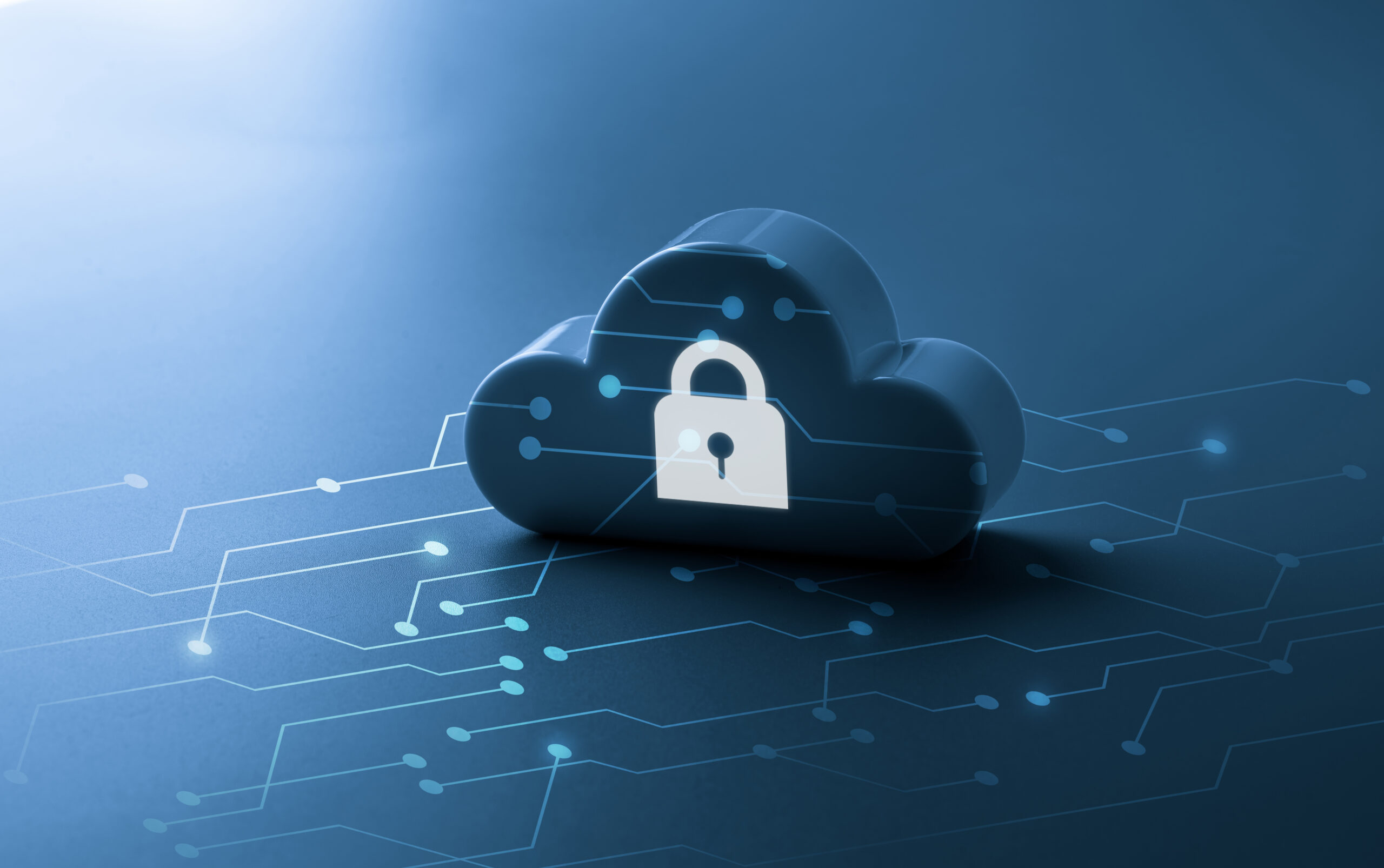Cloud Buyers Guide: Advanced Cloud Security
November 1, 2023

Lightedge
Author

If you have been following along with our Cloud Buyers Guide series (Beyond the Obvious Hyperscalers or Choosing the Right Cloud Solution Provider), you should have a good idea of what to look for in a cloud, and a cloud provider. A cloud should be secure, easy to adopt, and operationally cost-effective with a provider that can support your business needs. For a sophisticated cloud buyer, the journey should not end here. One of the most important buying decisions should be about advanced cybersecurity features that go beyond infrastructure. After all, what is the first thing you should do when buying a new asset like a car? You buy insurance for it as a way of protection.
The digital landscape has evolved exponentially, and with it, the volume and sophistication of cybersecurity threats have skyrocketed. Cloud services, even those architected with compliance and security in mind are not immune to these threats on their own. Businesses adopting cloud computing must prioritize a robust security package that encompasses malware and ransomware protection, disaster recovery, and backup services. In this article, we will explore why each of these components is crucial for ensuring the integrity and safety of your data and operations and what key features you should be looking for when choosing advanced security products and services..
Malware and Ransomware Protection: Your First Line of Defense
Malware, or malicious software, encompasses various types of software designed to harm or exploit any device or network. Given that the cloud often involves multiple points of access, it becomes a susceptible target. Robust malware protection is essential for identifying and neutralizing threats before they infiltrate the system. Ransomware is a type of malicious software that encrypts your files and demands payment for their release. Without proper protection, ransomware can lock you out of your critical business applications and data. With cloud storage becoming a popular target for ransomware attacks, implementing adequate ransomware protection is not just advisable; it’s a requirement.
Key Features to look for:
Real-time Malware Detection and alerting- Being able to detect malware and create alerts allows for a quicker response, reducing the window of opportunity to spread or encrypt files. This ultimately minimizes damage and reduces downtime for maximum business continuity.
Malware check before backup- Ensure the integrity of your data by verifying that your backups are clean. If files are detected to have malware, containing and isolating infected files or systems will prevent the spread of ransomware from spreading to your backup storage.
Integration with existing security capabilities- Having ransomware protection that integrates with other security capabilities can streamline the recovery process and goes a long way in simplifying management and reporting.
Disaster Recovery: Planning for the Unthinkable
Natural disasters, human errors, or cyber-attacks can disrupt your operations in the blink of an eye. Having a disaster recovery plan that leverages cloud technology ensures that your data is stored in geographically distributed locations. This helps in quick recovery and minimizes downtime.
Key Features to look for:
Flexible Disaster Recovery Orchestration and automation- Customer involvement in optimizing what happens during a disruptive event is critical since every business has different needs and priorities including different recovery time objectives (RTOs). The ability to also automate these workflows then ensures speedy recovery times and minimal chance of human error. This leads to greater consistency and reduced downtimes.
Role Based Access Control- More granular control over who has access to what during a DR event is critical in reducing the risk of unauthorized access or actions. This both limits the potential points of exploitation by attackers as well as helps to leave audit trails.
Managed Detection and Response- MDR services allow for proactive monitoring and immediate action when a threat is detected. This can greatly reduce downtime in response to an incident.
Backup: Your Safety Net
The importance of backing up data cannot be overstated. Even with all the precautions, data loss incidents can still occur due to unexpected errors or glitches. A comprehensive cloud backup solution acts as a safety net, enabling you to restore data when needed.
Key Features to look for:
Automated Backups with flexible scheduling
Flexible retention periods- Similar to having a flexible disaster recovery plan, flexible retention periods for backups are necessary for businesses to meet specific needs and requirements. Doing so helps to better manage storage costs and maintain data only for as long as they need to be for maximum operational efficiency and risk mitigation.
Real-time backup alerts and notifications- Real-time alerts allows for proactive monitoring as well as a quicker response in case of backup failures. This reduces the window of opportunity for data loss or corruption and mitigates risk.
Air-gapped backups- Having backups that are isolated from the network makes them extremely difficult for cybercriminals to access. In the event of a ransomware attack, these air-gapped backups remain untouched and provide a clean source for data restoration.
Opting for a cloud service or advanced security package that integrates these features ensures you not only benefit from the efficiencies and capabilities of cloud computing but do so in a secure environment. This way, you can focus on what matters most: driving your business forward with minimum disruption.
Remember, in the realm of cybersecurity, it’s always better to be safe than sorry. To learn more about how Lightedge provides advanced security with our products and services, please click HERE or contact us.


